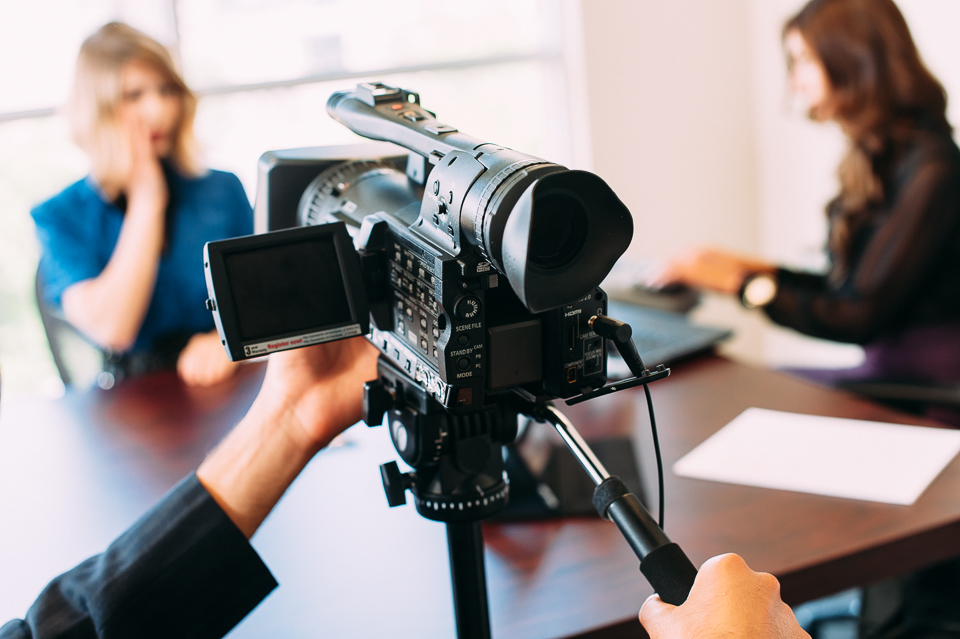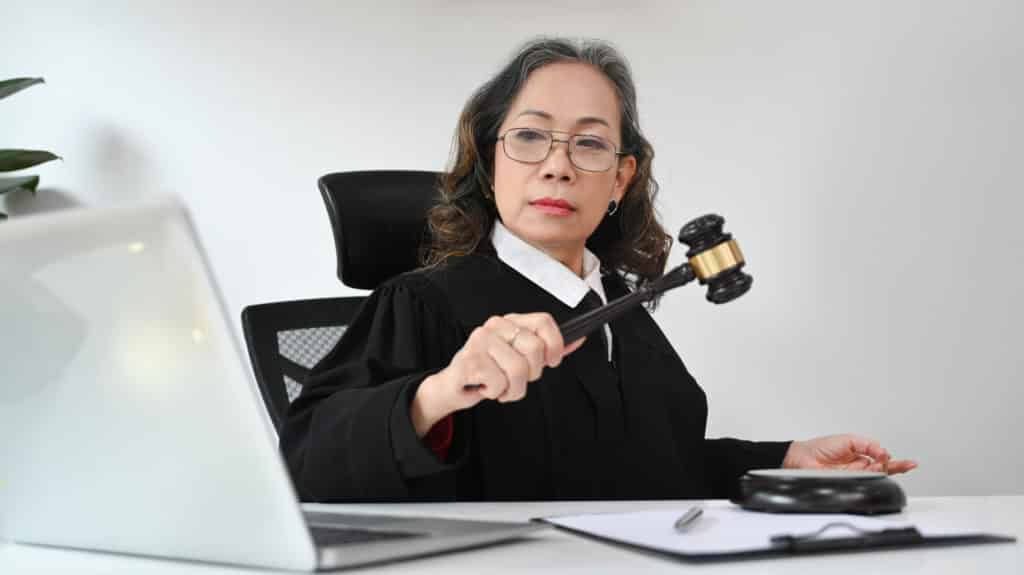The Duty of Legal Videography in Modern Legal Procedures
The Duty of Legal Videography in Modern Legal Procedures
Blog Article
Digging Into the Systems of Lawful Videography: Unveiling Its Operation in Shielding Genuine Aesthetic Testament for Judicial Procedures
In the world of judicial proceedings, the function of legal videography stands as a cornerstone in protecting and providing visual proof. As technology remains to advancement, the systems behind lawful videography have come to be progressively intricate, using a critical layer of authenticity to testaments recorded on video. By diving into the functional details of lawful videography, one can uncover the careful procedures that protect the integrity of visual evidence provided in court rooms - Legal Videography. This expedition not only clarifies the historic advancement of legal videography but likewise means the future patterns that might even more change how aesthetic testimonies are maintained in the realm of justice.
Historic Evolution of Legal Videography
Checking out the historic development of legal videography discloses a considerable improvement in the recording and discussion of visual evidence within the lawful landscape. In the past, legal process heavily counted on composed photos and records to document occasions and offer evidence. With the arrival of video technology, the lawful sector witnessed a standard shift in just how visual testament was recorded and presented.
The development of legal videography can be mapped back to the late 20th century when improvements in video recording equipment made it more available for use in court rooms. This technical advancement not just boosted the accuracy and reliability of visual proof but also transformed the way instances were presented to judges and courts (Legal Videography). Lawyers began to acknowledge the persuasive power of video recordings in conveying feelings, subtleties, and non-verbal cues that created pictures or transcripts alone can not capture efficiently

Modern Technology Advancements in Video Clip Documentation
What vital technological innovations have transformed video clip documents in the lawful area? The legal field has actually seen substantial improvements in video documentation innovation that have actually enhanced the authenticity and dependability of aesthetic evidence in judicial process.
Additionally, improvements in video clip security and watermarking innovations have actually reinforced the safety and tamper-proof nature of video proof, guarding it versus unauthorized alterations or tampering. The advent of cloud storage options and remote access capabilities has streamlined the storage space, access, and sharing of video evidence, assisting in seamless collaboration among legal professionals and making sure effective access to vital aesthetic testaments when needed. These technical improvements in video clip paperwork have actually certainly transformed the lawful field, enhancing the precision, reputation, and admissibility of aesthetic evidence in judicial process.
Duty of Lawful Videographers in Court Room Settings
The advancement of video paperwork innovation in the lawful field has required an important function for legal videographers in court setups, guaranteeing the honesty and integrity of visual statements provided throughout judicial proceedings. Legal videographers play an essential function in recording and preserving exact aesthetic proof that can be essential in litigation. Their responsibility encompasses establishing up equipment, recording procedures, and generating high-quality videos that accurately mirror the occasions in the court.
In court room setups, legal videographers should stick to strict standards and criteria to keep the credibility of the aesthetic document. They must possess a keen eye for detail and a comprehensive understanding of lawful procedures to ensure that the video they catch is a real representation of the occasions that transpired. Additionally, legal videographers usually function closely with lawful teams to make sure that the video proof straightens with the instance's demands and can be properly provided in court to sustain the lawful debates being made. On the whole, the duty of legal videographers in courtroom setups is essential in upholding the concepts of justice and making sure the openness of legal proceedings.

Ensuring Admissibility and Stability of Video Clip Proof
To preserve the credibility of visual evidence provided in lawful process, making sure the admissibility and integrity of video clip proof is an essential obligation for legal videographers. Admissibility describes the approval of evidence by the court, and for video clip proof to be admissible, it should fulfill specific requirements. Legal videographers play a crucial function in ensuring that the videos they catch abide by the guidelines of proof, such as credibility, integrity, and relevance.
Integrity of video evidence involves maintaining the creativity and accuracy of the video from the moment it is tape-recorded until it is presented in court. This consists of securely saving the video documents, recording the chain of safekeeping, and preventing any type of meddling or changes. Lawful videographers have to abide by rigorous protocols to Read More Here assure the integrity of the video evidence and protect against any kind of challenges to its credibility.
Future Trends in Legal Videography
Offered the boosting dependence on modern technology in lawful procedures, lawful videographers are poised to accept cutting-edge innovations forming the future of visual statement capture and presentation. Among the popular patterns go now imminent is the assimilation of virtual reality (VIRTUAL REALITY) and boosted fact (AR) modern technologies right into legal videography. These innovations have the possible to transform exactly how visual evidence is provided in courts, allowing judges and courts to submerse themselves in the scene of the criminal activity or case.
Additionally, using expert system (AI) formulas for video analysis is anticipated to improve the procedure of evaluating and evaluating big quantities of video footage. AI can aid in determining crucial moments, anomalies, and patterns within video clips, boosting the performance of legal investigations.

Conclusion
Finally, legal videography has played an essential function in providing authentic aesthetic evidence for judicial process. With technological developments and the experience of lawful videographers, the integrity and admissibility of video evidence are ensured in court room settings. As lawful videography remains to evolve, it will certainly be essential to copyright requirements that preserve the precision and integrity of aesthetic testimony for the future of legal procedures.
Taking a look at the historic progression of legal videography reveals a significant transformation in the recording and discussion of aesthetic evidence within the lawful landscape.The development of video clip documentation useful source modern technology in the legal area has necessitated a vital role for legal videographers in court settings, making sure the integrity and reliability of aesthetic statements offered throughout judicial procedures. Furthermore, lawful videographers commonly function carefully with legal groups to make sure that the video clip evidence lines up with the instance's demands and can be properly offered in court to support the lawful arguments being made.To maintain the reputation of visual evidence provided in legal process, ensuring the admissibility and stability of video clip evidence is a crucial obligation for lawful videographers. As legal videography proceeds to progress, it will certainly be essential to support requirements that keep the accuracy and reliability of aesthetic testament for the future of lawful process.
Report this page